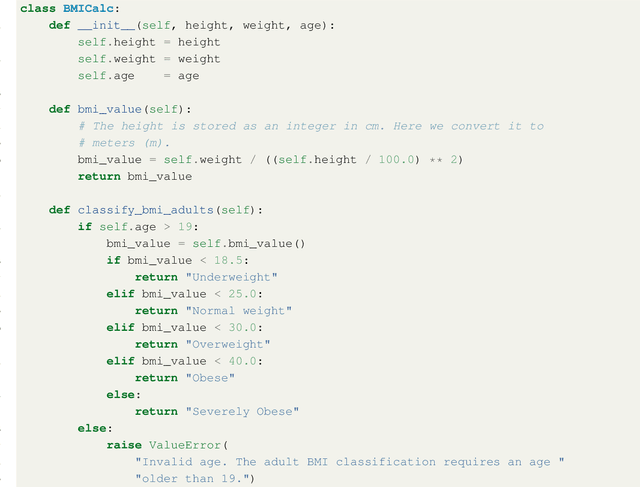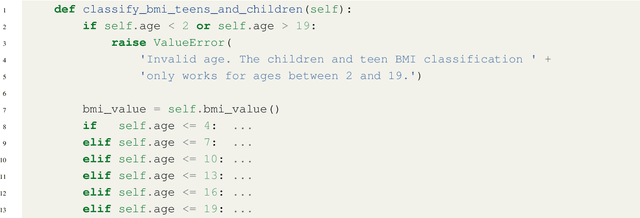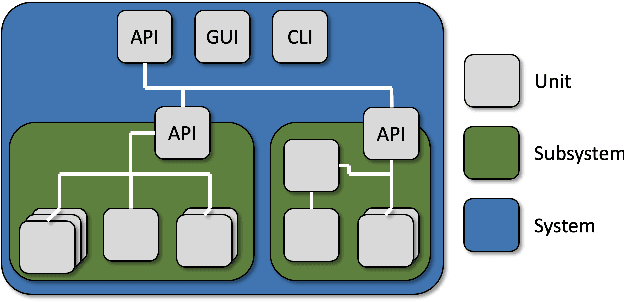Francisco Gomes de Oliveira Neto
The Impact of Prompt Programming on Function-Level Code Generation
Dec 29, 2024Abstract:Large Language Models (LLMs) are increasingly used by software engineers for code generation. However, limitations of LLMs such as irrelevant or incorrect code have highlighted the need for prompt programming (or prompt engineering) where engineers apply specific prompt techniques (e.g., chain-of-thought or input-output examples) to improve the generated code. Despite this, the impact of different prompt techniques -- and their combinations -- on code generation remains underexplored. In this study, we introduce CodePromptEval, a dataset of 7072 prompts designed to evaluate five prompt techniques (few-shot, persona, chain-of-thought, function signature, list of packages) and their effect on the correctness, similarity, and quality of complete functions generated by three LLMs (GPT-4o, Llama3, and Mistral). Our findings show that while certain prompt techniques significantly influence the generated code, combining multiple techniques does not necessarily improve the outcome. Additionally, we observed a trade-off between correctness and quality when using prompt techniques. Our dataset and replication package enable future research on improving LLM-generated code and evaluating new prompt techniques.
From Human-to-Human to Human-to-Bot Conversations in Software Engineering
May 21, 2024Abstract:Software developers use natural language to interact not only with other humans, but increasingly also with chatbots. These interactions have different properties and flow differently based on what goal the developer wants to achieve and who they interact with. In this paper, we aim to understand the dynamics of conversations that occur during modern software development after the integration of AI and chatbots, enabling a deeper recognition of the advantages and disadvantages of including chatbot interactions in addition to human conversations in collaborative work. We compile existing conversation attributes with humans and NLU-based chatbots and adapt them to the context of software development. Then, we extend the comparison to include LLM-powered chatbots based on an observational study. We present similarities and differences between human-to-human and human-to-bot conversations, also distinguishing between NLU- and LLM-based chatbots. Furthermore, we discuss how understanding the differences among the conversation styles guides the developer on how to shape their expectations from a conversation and consequently support the communication within a software team. We conclude that the recent conversation styles that we observe with LLM-chatbots can not replace conversations with humans due to certain attributes regarding social aspects despite their ability to support productivity and decrease the developers' mental load.
Beyond Code Generation: An Observational Study of ChatGPT Usage in Software Engineering Practice
Apr 23, 2024



Abstract:Large Language Models (LLMs) are frequently discussed in academia and the general public as support tools for virtually any use case that relies on the production of text, including software engineering. Currently there is much debate, but little empirical evidence, regarding the practical usefulness of LLM-based tools such as ChatGPT for engineers in industry. We conduct an observational study of 24 professional software engineers who have been using ChatGPT over a period of one week in their jobs, and qualitatively analyse their dialogues with the chatbot as well as their overall experience (as captured by an exit survey). We find that, rather than expecting ChatGPT to generate ready-to-use software artifacts (e.g., code), practitioners more often use ChatGPT to receive guidance on how to solve their tasks or learn about a topic in more abstract terms. We also propose a theoretical framework for how (i) purpose of the interaction, (ii) internal factors (e.g., the user's personality), and (iii) external factors (e.g., company policy) together shape the experience (in terms of perceived usefulness and trust). We envision that our framework can be used by future research to further the academic discussion on LLM usage by software engineering practitioners, and to serve as a reference point for the design of future empirical LLM research in this domain.
Automated Support for Unit Test Generation: A Tutorial Book Chapter
Oct 26, 2021



Abstract:Unit testing is a stage of testing where the smallest segment of code that can be tested in isolation from the rest of the system - often a class - is tested. Unit tests are typically written as executable code, often in a format provided by a unit testing framework such as pytest for Python. Creating unit tests is a time and effort-intensive process with many repetitive, manual elements. To illustrate how AI can support unit testing, this chapter introduces the concept of search-based unit test generation. This technique frames the selection of test input as an optimization problem - we seek a set of test cases that meet some measurable goal of a tester - and unleashes powerful metaheuristic search algorithms to identify the best possible test cases within a restricted timeframe. This chapter introduces two algorithms that can generate pytest-formatted unit tests, tuned towards coverage of source code statements. The chapter concludes by discussing more advanced concepts and gives pointers to further reading for how artificial intelligence can support developers and testers when unit testing software.
 Add to Chrome
Add to Chrome Add to Firefox
Add to Firefox Add to Edge
Add to Edge